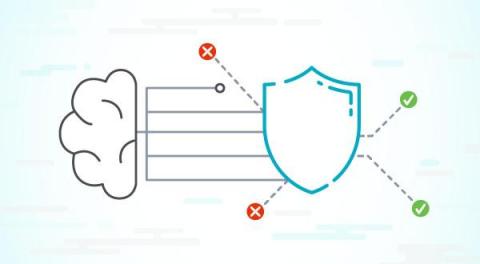Interview with Co-founder and Chief Scientist, Kurt Rohloff
For the newest instalment in our series of interviews asking leading technology specialists about their achievements in their field, we’ve welcomed Kurt Rohloff, Co-founder and Chief Scientist, of Duality. Prof. Rohloff is the founding architect of the PALISADE open-source homomorphic encryption library and co-founder of the HomomorphicEncryption.org industry consortium.










